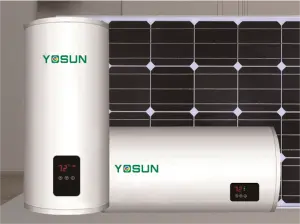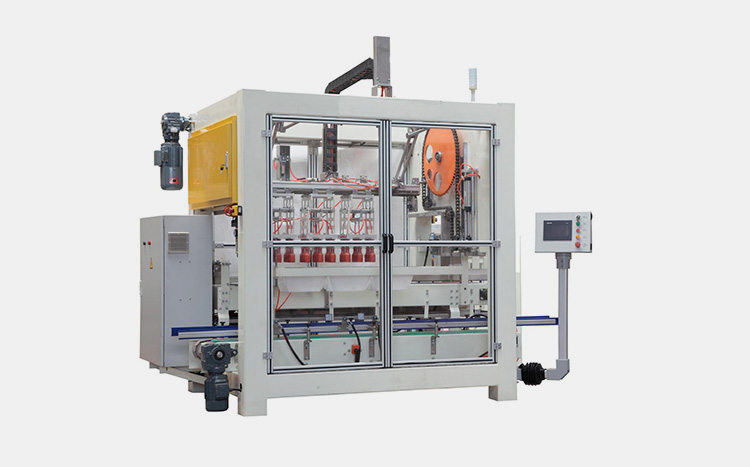Paper bags have long been a staple in the packaging industry, and their versatility extends far beyond simple grocery use. Manufacturers across a wide range of industries have discovered the numerous benefits and applications of paper bags, transforming them into a multifaceted tool in both functional and promotional contexts. In retail, paper bags are a prominent choice due to their eco-friendly nature and aesthetic appeal. With increasing consumer awareness around sustainability, paper bags offer a biodegradable alternative to plastic, aligning with green business practices. Their ability to be easily customized with logos, designs, and colors makes them a powerful branding tool. Retailers use paper bags to enhance their brand visibility and create a positive shopping experience. High-quality paper bags with unique designs can elevate the perception of a brand, making them a popular choice for luxury and boutique stores. Beyond retail, paper bags find extensive use in the food and beverage industry. Many restaurants, cafes, and fast-food chains prefer paper bags for their food packaging due to their ability to keep products fresh while being environmentally friendly.

Paper bags are excellent for hot and cold items, offering both insulation and ventilation. Customizable paper bags also provide an opportunity for food establishments to reinforce their brand image, with many businesses opting for personalized prints that align with their menu and overall aesthetic. In the manufacturing sector, paper bags serve a critical role in the transportation and storage of products. They are used for packaging everything from raw materials to finished goods. Their strength and durability make them suitable for handling a variety of products, including those that require protection from external elements. The paper bag manufacturers are especially valuable in industries such as agriculture, where they are used to package grains, seeds, and other agricultural products. The ability to print important information and instructions directly on the bags also aids in logistical efficiency and product traceability. The versatility of paper bags extends to the healthcare and pharmaceutical industries as well. They are used for packaging medical supplies, over-the-counter medications, and health supplements. Paper bags in these sectors are often designed with specific features such as tamper-evident seals and easy-to-read labels, ensuring that they meet stringent safety and regulatory standards.
The use of paper bags in healthcare not only supports hygiene and safety but also aligns with growing trends towards sustainable packaging solutions. Educational institutions and event organizers also benefit from the versatility of paper bags. For schools, paper bags are used in a variety of ways, from student supply kits to promotional materials. Event organizers utilize paper bags for conference swag, event programs, and informational brochures. Yoonpack have Custom paper bags enhance the attendee experience by providing a practical and eco-friendly way to carry event materials, while also serving as a lasting memento. In conclusion, the versatility of paper bags spans a wide range of industries and applications. Their adaptability in terms of design, functionality, and sustainability makes them a valuable asset for manufacturers and businesses alike. As consumer preferences shift towards more environmentally responsible choices, the role of paper bags is likely to become even more prominent, continuing to serve diverse needs across various sectors while promoting a greener future.





